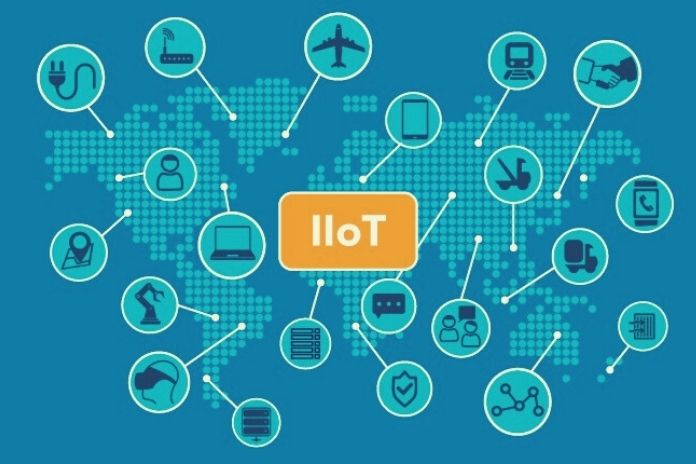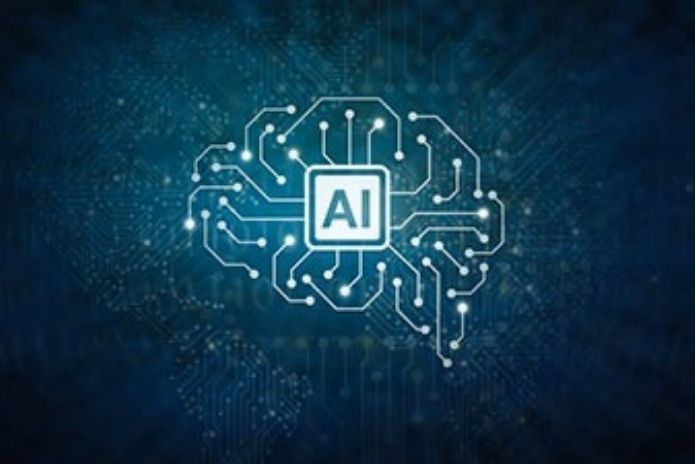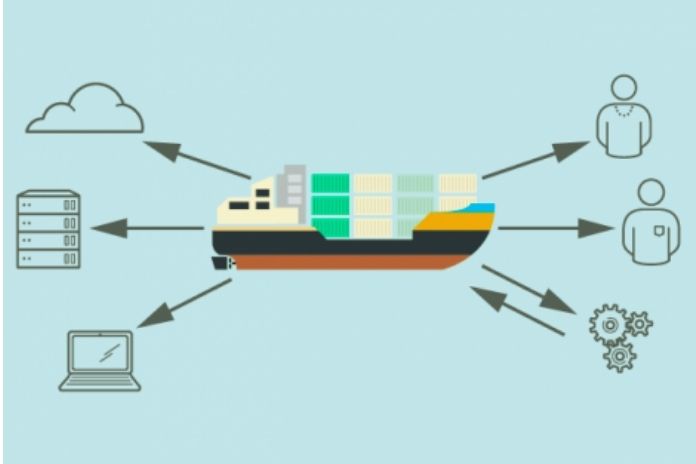Each employee creates an average of 850 business documents per month, including emails. Quick access to the required information, therefore essential for the efficient creation of documents.
The genius rules chaos. This saying can be questioned with a clear conscience, at least in the corporate environment. Chaos is seldom beneficial at the corporate level and rarely in the context of documents and files. After all, each employee creates an average of 850 of these business documents, including emails, every month. Therefore, fast and easy access to the required information is an essential factor for content enablement, i.e., the efficient creation and editing of documents.
But the reality is far from being quick and easy. The chaos is still present in many places and is poorly addressed by companies. This is the result of a current study by Teamplay, for which over 1,100 employees from various industries and departments were surveyed.
Content Enablement: Corporate Content Is Widely Dispersed
The tenor of the survey is consistently the same: company content, from images, descriptions, and company development to disclaimers, fonts, or logos, is almost always scattered across different storage locations and applications. Employees often have to diligently track down the new boilerplate or ask their colleagues for the current logo. This not only costs nerves – but it is also a natural efficiency killer. Every second person says they spend at least four to six hours a week looking for this information using digital tools. The time that, conversely, is missing for critical technical tasks.
Conquer The New Normal With Consolidated Tools
With increasing digitalization and development towards the hybrid working model that can hardly be stopped due to the corona pandemic, companies should now equip their employees with the appropriate applications at the latest. Tools that significantly support the new work environment, characterized by flexibility between home and office. So there is a need for digital applications that are easy to learn and integrated into the existing tools in the workplace. True to the motto: less is more. Simply implementing standalone applications would further aggravate the problem of tool overload – and thus the document chaos.
Many employees would like to invest in intelligent, digital solutions. According to the Teamplay study, one in three believes that their own company has not yet introduced the right technologies for the hybrid working model. Almost 40 percent say that managing information such as documents, images, and files is more difficult in a hybrid work environment.
ALSO READ: AI Solutions: Companies Are Lagging In The Implementation
Content Enablement – Evolution Of Enterprise Content Management
Existing ECM solutions aim to manage unstructured and structured company content, but not all problems are solved. The complex architectures in implementation and maintenance are too expensive and demanding. In addition, new features can only be adapted slowly in the ever faster digital transformation. And even large companies are increasingly turning to specialized microservices instead of all-in-one solutions.
Integration of the existing ECM systems with these new applications is essential, but in reality, it involves an enormous amount of resources. Documents are stored centrally in ECM solutions, but the complicated and error-prone workflows do not call up the potential of the company content efficiently enough.
Central Administration Of All Required Information And Files
This is why experts are increasingly speaking of the growing importance of content enablement solutions. Because content enablement should be able to master precisely this problem, namely to guarantee efficient creation and processing of business documents with digital tools by managing all required information and files centrally and via interfaces directly in the typical applications at the workplace, such as Google Workplace, Microsoft Office or Salesforce, are available.
Because distributed teams and scattered information are often a reality today – these challenges do not decrease in the hybrid work environment:
Tapping the shoulder of the person sitting next to you to ask about the storage location or the correctness of the document content is often simply no longer possible. According to the study, four out of ten employees fear difficult conditions for working with colleagues and adverse effects on their productivity. But what demands do employees place on the digital tools in the workplace of the future?
Corporate Content As A Business Driver
Corporate content is more than just emails, images, and metadata. Instead, they form the sum of all available information of a company to set up business documents of all kinds. For example, purchase contracts only receive legally adequate protection with the correct exclusions of liability. Therefore, a company that consistently provides its employees with valid disclaimers in an uncomplicated and efficient manner is well advised. Otherwise, you risk expensive consequences: In an emergency, a void contract has no legal basis. There is a risk of lost sales or claims for damages.
Other examples are presentations and pitch decks to attract investors or inspire customers. Here, too, employees are dependent on conveying the information they need with the help of company content. Whether it’s a picture, information about the company history, infographics about the product, or diagrams about profitability – if employees can access this information quickly and easily insert it in the desired location, they increase their efficiency and increase the chances of success of the document.
Content Enablement: Insights Into The Performance Of Documents
Ultimately, however, there remains a hint of residual doubt even after these documents have been successfully set up and sent. Employees can often only estimate how draft contracts, entire pitch decks, or individual slides reach the recipient. Modern solutions provide a remedy here. Using a tracking function, they analyze, among other things, the opening rate of sent documents, the length of time spent on individual elements such as graphics, and the click rate of integrated links. This gives employees insights into the performance of the documents.
For example, if the readers only skim through a graphic that is essential for the document’s message, employees can make adjustments. You can rework the graphics, place them in a more prominent position in the document or change the design. In this way, documents are continuously optimized. So the importance of content enablement is by no means just a child of the pandemic.
Although the crisis and hybrid work have made the problems in dealing with documents clear, the factors for a positive operating result have always been:
- No contract conclusion without a firm draft contract
- No financing without a meaningful pitch deck
- No new customer acquisition without convincing presentation materials
It is all the more critical that companies – also, thanks to the past few months – put solutions for content enablement on their schedule. For the benefit of the company and its employees.
ALSO READ: Customer Experience: Service Ideas Strengthen Customer Relationships










